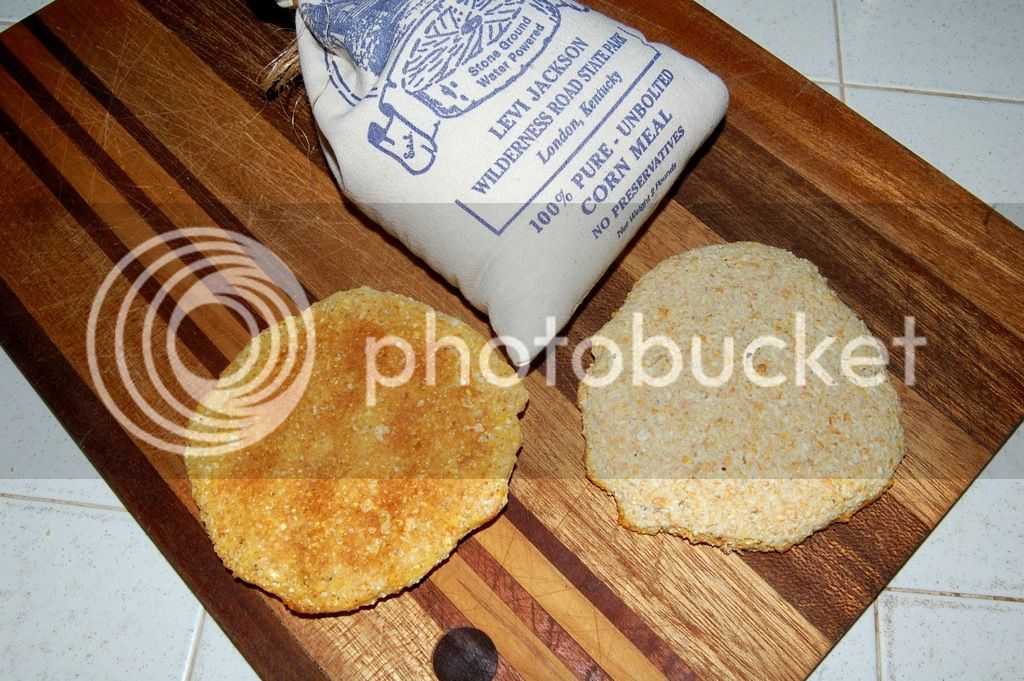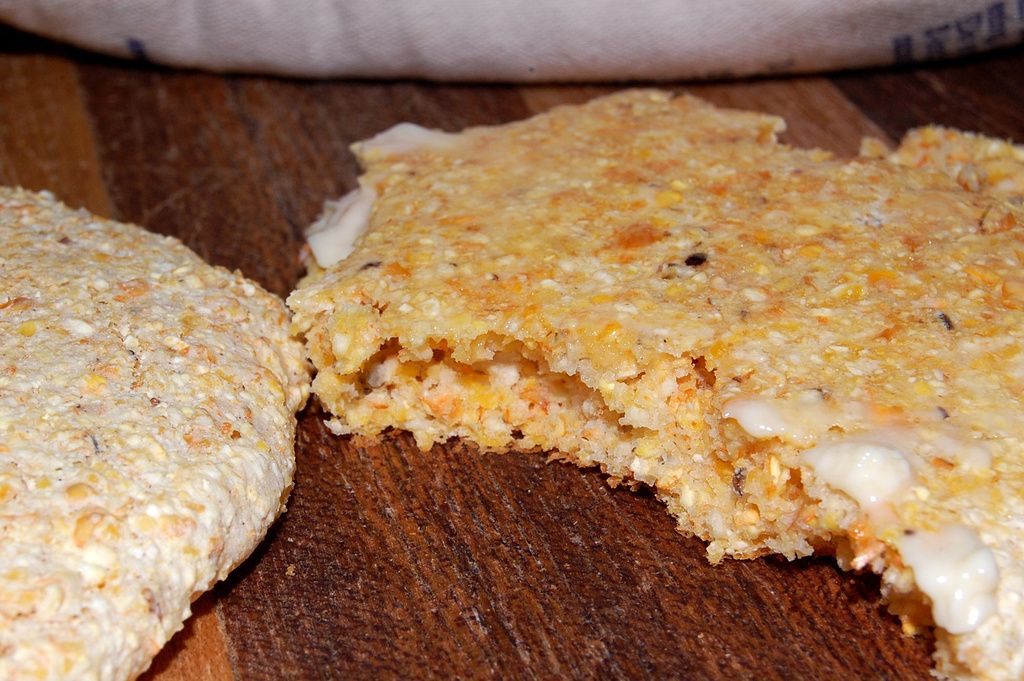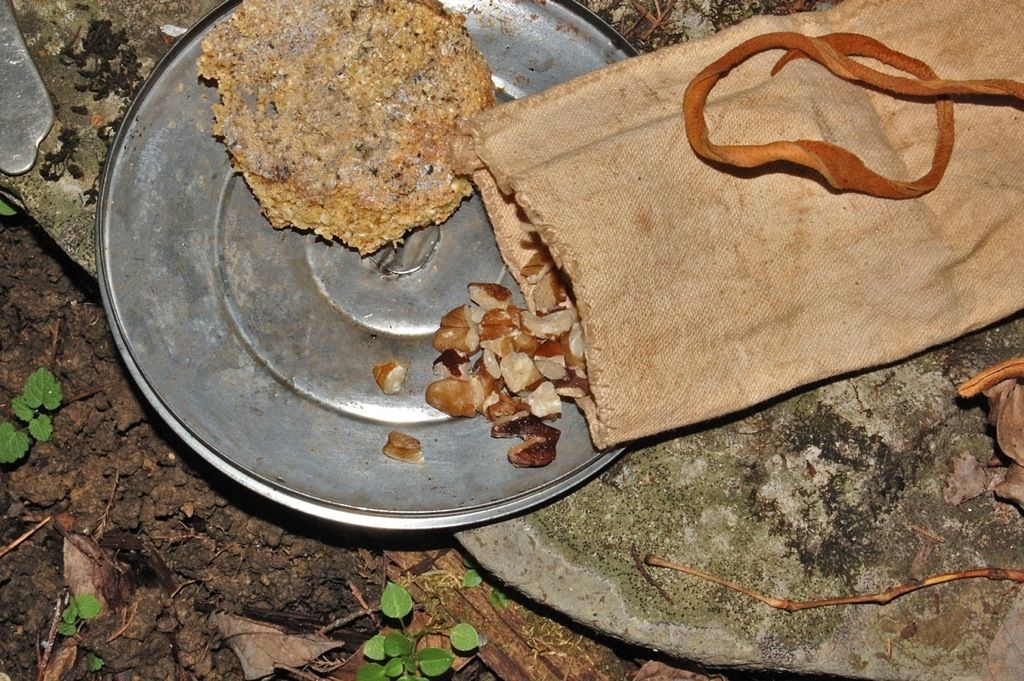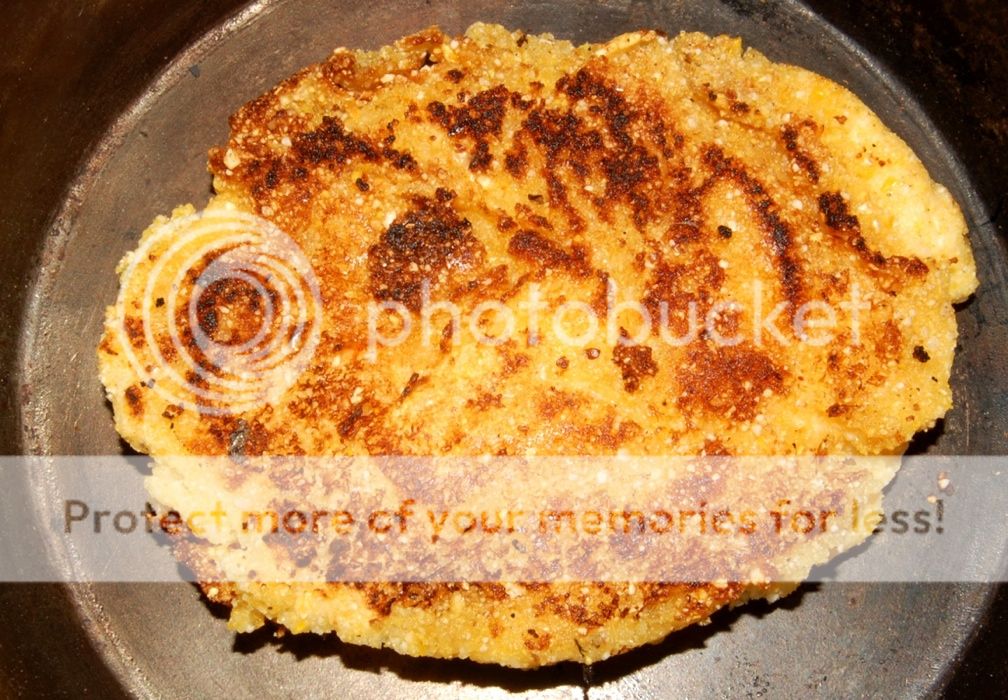As a boy, I loved my grandmother’s cornbread. I never knew her recipe, she never really had one. She baked hot biscuits or cornbread three times a day, and like most country cooks of that time, she just mixed them up, and they were perfect. I spent years trying many cornbread recipes without success, looking for Mamaw’s, none were even close until I found this one, and it was, as Goldilocks said, just right.
Real Cornbread
Ronni Lundy
4 tablespoons bacon drippings
2 cups coarse, stone-ground yellow cornmeal [she used fine white]
1 teaspoon salt
1/2 teaspoon baking soda
1/2 teaspoon baking powder
1 large egg
1 1/2 cups milk or buttermilk
The secret to really good cornbread is the crust, and the trick to making the crust just right is to heat the pan and drippings good and hot in your oven before you add the cornbread batter. So before you do so much as get out a bowl to mix up the batter, turn the oven to 450 degrees.
In a 9-inch, round, cast-iron skillet (or reasonable facsimile thereof), put about 4 tablespoons of drippings. Bacon grease is the traditional choice and gives cornbread a distinctive flavor. Pop the skillet, grease and all, into the oven. Please note, you can't accomplish what you want by heating the skillet on a burner on top of the stove. Doing that will make hot spots in the bottom of your skillet which in turn will make your cornbread stick to the bottom of the pan.
While the grease is getting good and hot in the oven, mix the cornmeal, salt, soda and baking powder in a big bowl. Add the egg and milk or buttermilk and stir until just blended.
Remove the skillet from the oven and very carefully (don't burn your hand!) swirl the grease around in the skillet so it coats the bottom and the lower half of the sides.
Now pour the hot grease into the cornmeal mix. If everything is perfect, it will snap, crackle, pop and bubble invitingly. (Even if it doesn't, there's no problem. It just means your grease wasn't quite hot enough and you should leave it a smidgen longer the next time. But don't leave it too long and start a fire.)
Mix lightly until the grease is just blended in, then pour the cornbread batter into the hot skillet and put it back in the oven for 20 to 25 minutes until the bread is firm in the middle and the top crust is crispy golden. Serve from the skillet or turn the skillet upside down on a big plate and the cornbread should slip right out.
If you want to make cornsticks, use the same recipe, but pour the batter into greased cornstick pans and bake for half the time.
Serves 6.
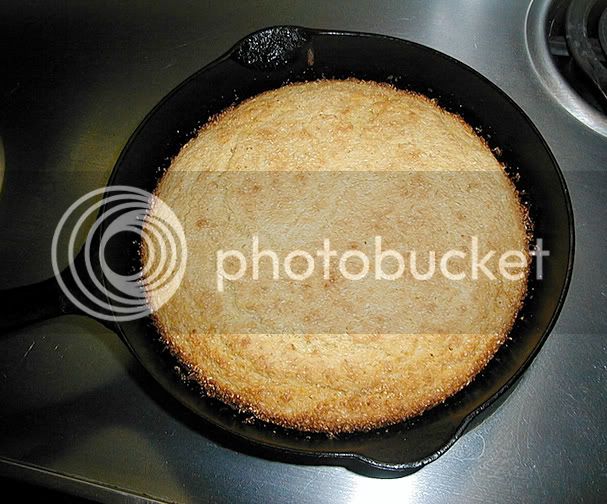
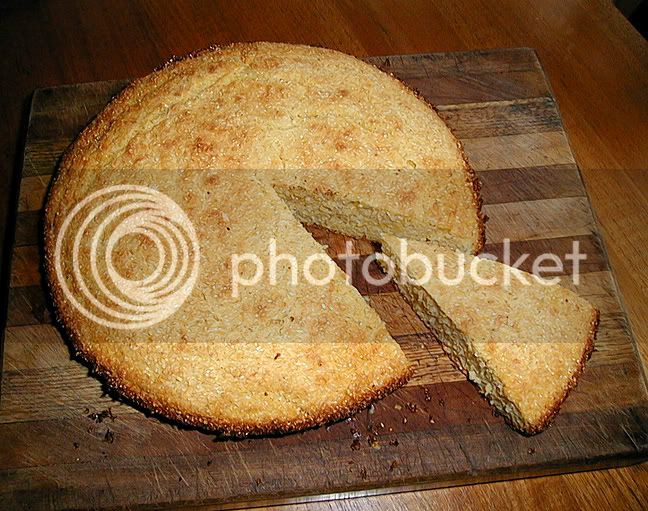
The first time I baked this, a piece of it, hot and with butter melted on it, along with a cold glass of sour buttermilk brought my childhood rushing back. When I had another glass of cold buttermilk filled with crumbled cornbread, eaten with a spoon, I was back at the table in Mamaw's house in "the holler". I was sitting at the little table with my three teenage uncles when they got home from school and I was allowed to share their after-school snack. I was four or five, and I was sitting in a chair swinging my feet because they wouldn't touch the floor, and I was as happy as could be with that cornbread and buttermilk. My feet touched the floor, this time, but I felt the same when I ate it.
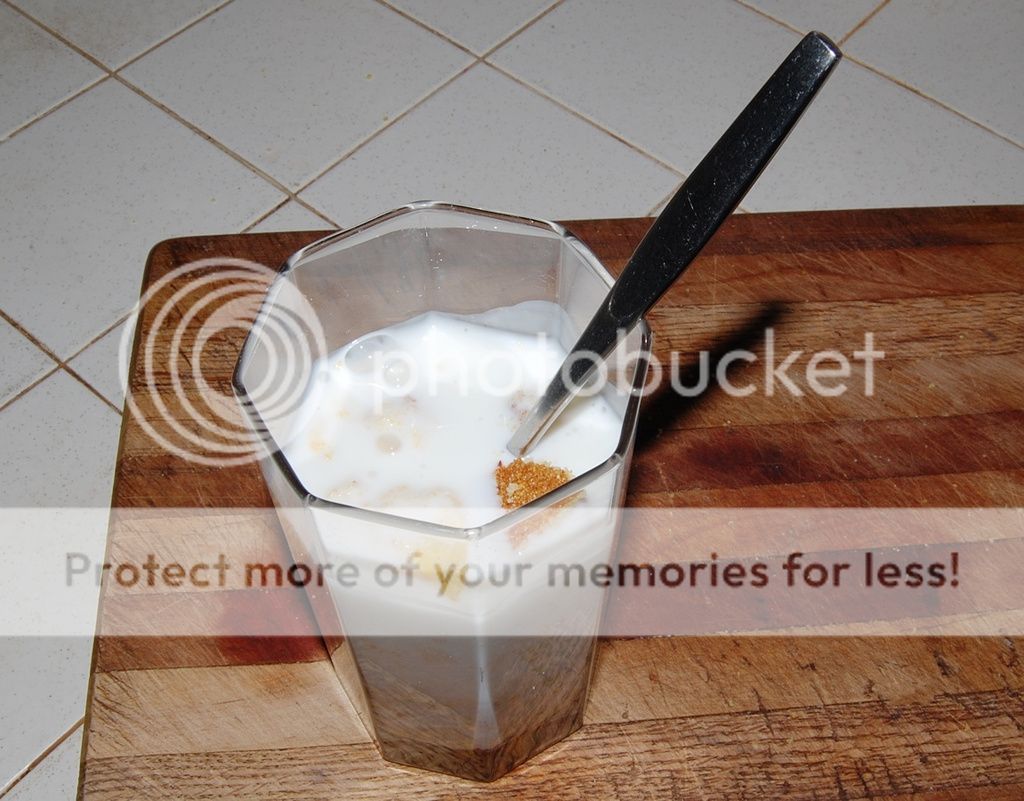
Spence







